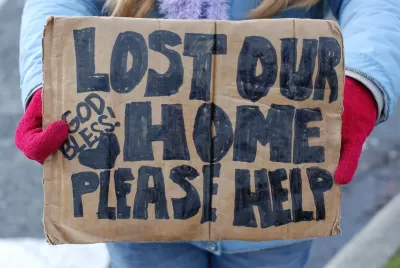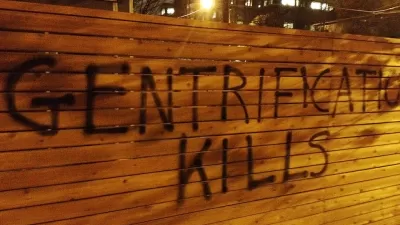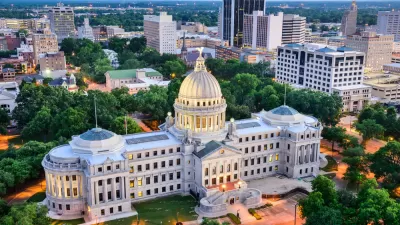For the second installment in a five-part series on economic segregation in U.S. metros, Richard Florida examines the cities where poverty stays most hidden from "everyone else."

Richard Florida worked with his colleagues at the Martin Prosperity Institute to measure and map the distribution of poverty across the country. Some of the most telling of Florida and company’s findings:
- As the map shows, the metros where the poor are the most segregated are mostly found along the Eastern Seaboard from New England to the Mid-Atlantic states, across the Midwest and the Great Lakes region, and in parts of Texas, Arizona, Nevada, and Colorado.
- The large metros where the poor are most segregated are in the Midwest and the Northeast. Milwaukee has the highest level, followed by Hartford, Philadelphia, Cleveland, Detroit, New York, Buffalo, Denver, Baltimore, and Memphis. Many of these are Rustbelt metros with large minority populations that have been hit hard by deindustrialization.
- When medium and smaller-sized metros are taken into account, many of the places with the most concentrated poverty turn out to be college towns, where the town-gown divide seems to be very real.
Florida goes on to point out a few pithy observations of the associations between variables, including “[the] poor face higher levels of segregation in larger, denser metros.”
FULL STORY: The U.S. Cities Where the Poor Are Most Segregated From Everyone Else

Alabama: Trump Terminates Settlements for Black Communities Harmed By Raw Sewage
Trump deemed the landmark civil rights agreement “illegal DEI and environmental justice policy.”

Study: Maui’s Plan to Convert Vacation Rentals to Long-Term Housing Could Cause Nearly $1 Billion Economic Loss
The plan would reduce visitor accommodation by 25% resulting in 1,900 jobs lost.

Why Should We Subsidize Public Transportation?
Many public transit agencies face financial stress due to rising costs, declining fare revenue, and declining subsidies. Transit advocates must provide a strong business case for increasing public transit funding.

Paris Bike Boom Leads to Steep Drop in Air Pollution
The French city’s air quality has improved dramatically in the past 20 years, coinciding with a growth in cycling.

Why Housing Costs More to Build in California Than in Texas
Hard costs like labor and materials combined with ‘soft’ costs such as permitting make building in the San Francisco Bay Area almost three times as costly as in Texas cities.

San Diego County Sees a Rise in Urban Coyotes
San Diego County experiences a rise in urban coyotes, as sightings become prevalent throughout its urban neighbourhoods and surrounding areas.
Urban Design for Planners 1: Software Tools
This six-course series explores essential urban design concepts using open source software and equips planners with the tools they need to participate fully in the urban design process.
Planning for Universal Design
Learn the tools for implementing Universal Design in planning regulations.
Smith Gee Studio
Alamo Area Metropolitan Planning Organization
City of Santa Clarita
Institute for Housing and Urban Development Studies (IHS)
City of Grandview
Harvard GSD Executive Education
Toledo-Lucas County Plan Commissions
Salt Lake City
NYU Wagner Graduate School of Public Service





























